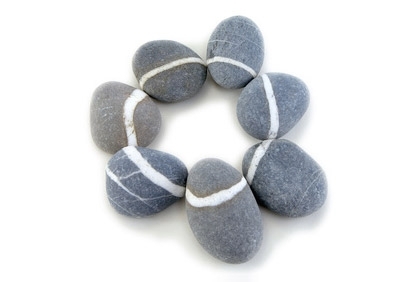by vkanal on April 20, 2010

Clients who are new to building sustainability in their organizations often ask what their first steps should be. Recognizing that every company has a different set of business goals, hierarchy and culture, we recommend a valuable first step: start by measuring all things related to carbon emission, energy and resource consumption, and waste.
Even if it's not a precise measurement, a quantified approximation will establish a baseline against which all of your future efforts can be compared. Then, we recommend that you look across your industry and even beyond, to see what leading companies have achieved in lowering their environmental footprint. Based on this external benchmarking, you can begin to set goals and prioritize your own sustainability initiatives.
This prioritization must include input from, and assessment of the impact on different stakeholders, including customers, employees and investors. Draw up a Materiality Matrix that shows the relationship between impact on stakeholders and the impact on the company. This matrix can form the basis of setting the company’s strategy on sustainability.
Categories: